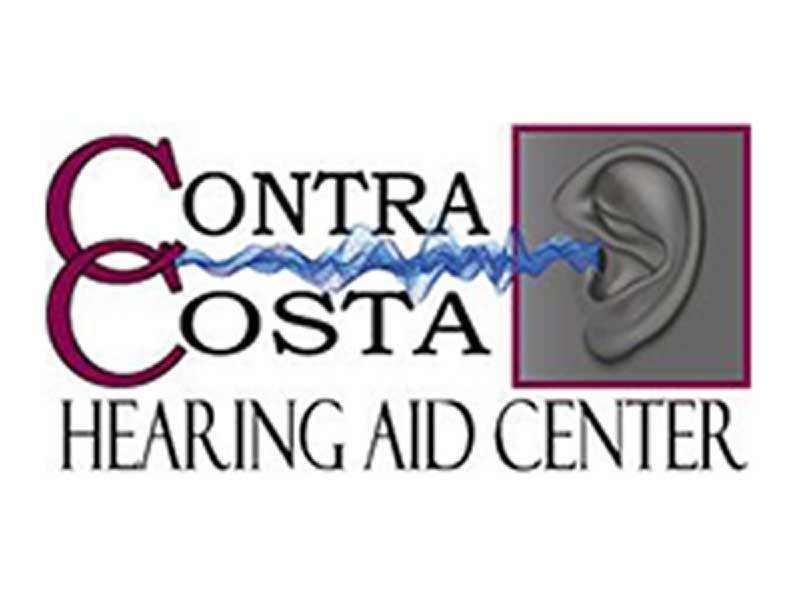Central Auditory Processing Disorder, or CAPD, is a challenging disorder to diagnose correctly for a variety of reasons. The condition is not because the youngsters can’t hear words being spoken to them, but because their brains have an inability to interpret the words and understand their meaning, which implies that conventional hearing tests don’t consistently identify CAPD. Second, children with Central Auditory Processing Disorder tend to acquire coping mechanisms that mask their condition, such as reading speakers’ lips or observing their facial expressions to gain clues to help them grasp what the person is saying.
CAPD treatment is challenging for the same reasons that the identification is difficult. Anyone treating a child with CAPD must be aware of these characteristics and work around them. There is presently no generally accepted cure for CAPD, and treatment of the condition must of necessity be individualized and adjusted to the limitations of each CAPD client. That said, there are a number of approaches that can greatly improve the developmental abilities of children with CAPD.
These methodologies are usually described using three broad categories: environmental change, compensatory strategies and direct treatment.
- Direct Treatment – Direct treatment refers to the use of computer-aided learning programs and one-on-one sessions to make the most of the brain’s natural plasticity, its capacity to reinvent itself, and construct new ways of processing and thinking. These treatment options typically consist of, in the classroom, in sessions or at home, the use of the “Simon” game by Hasbro or the “Fast ForWord” software from Scientific Education to help pupils to improve the sequencing, discrimination, and processing of acoustic inputs. Other forms of direct treatment use dichotic training (to enable children to hear multiple sounds in different ears and still process them correctly), or use the “Earobics” program by Houghton Mifflin Harcourt to strengthen phonological awareness.
- Compensatory Strategies – The group of strategies including memory, language improvement, problem-solving and attention skills is called compensatory strategies. These particular strategies give learners better everyday life skills and techniques that enable them to be successful at learning, and also teach them to be accountable for their own learning success. Such strategies often include sessions of “active listening” and activities or games grounded in solving of word problems.
- Environmental Change – In the class of environmental change one strategy is reducing the amount of background noise via soundproofing and putting in wall hangings, acoustic tiles or curtains because ambient noise is proven to make it difficult for a person with CAPD to comprehend speech. Another technique is amplifying the voice of the teacher in a school room. The instructor wears a microphone and the CAPD pupil wears a small receiver. This combination makes the teacher’s voice more distinguishable from other sounds and voices in the room.Even better lighting delivers benefits, because facial expressions are easier to read on well lit faces than on dimly-lit faces.
So therapies are available if your child is identified as having Central Auditory Processing Disorder, but keep in mind that the first step is properly diagnosing the condition, and doing so as soon as possible. If there is a way we can help with this, please email or call us. Allow us to add our many years of hearing expertise and connections with local CAPD experts to helping your child learn properly.
